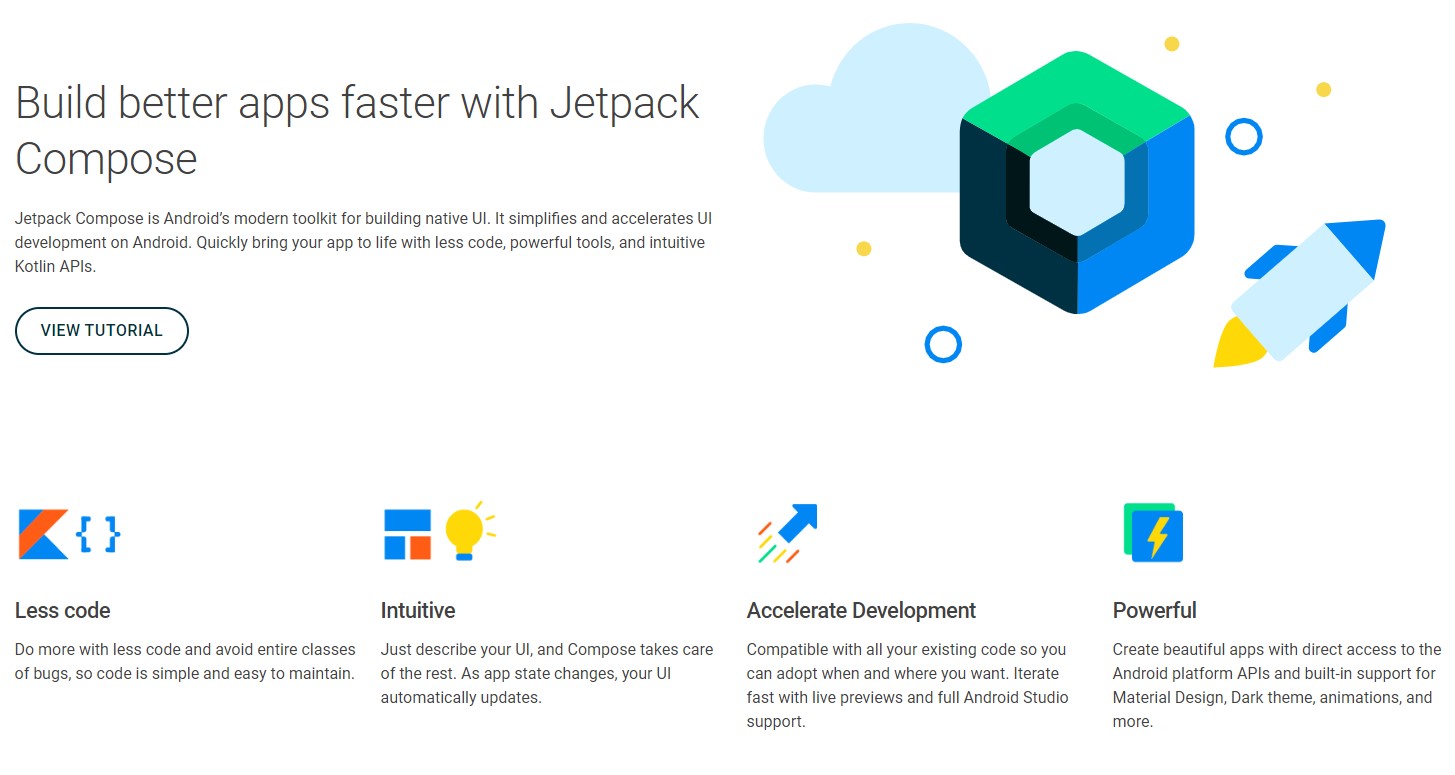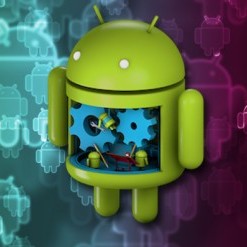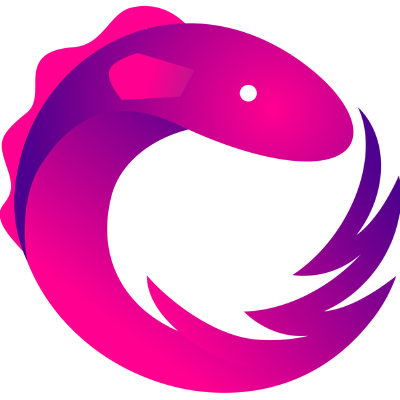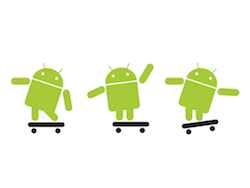Redefining Android UI Development with Jetpack Compose

At Google I/O 2019, Google announced that they were working on a new toolkit, Jetpack Compose, which would redesign how user interfaces (UI) are developed on the Android platform. In August 2020, the alpha version of Jetpack Compose was released. In this post, I will be examining how Compose differs from the current Android UI toolkits, and will discuss the benefits that the new program will bring to Android UI development.







